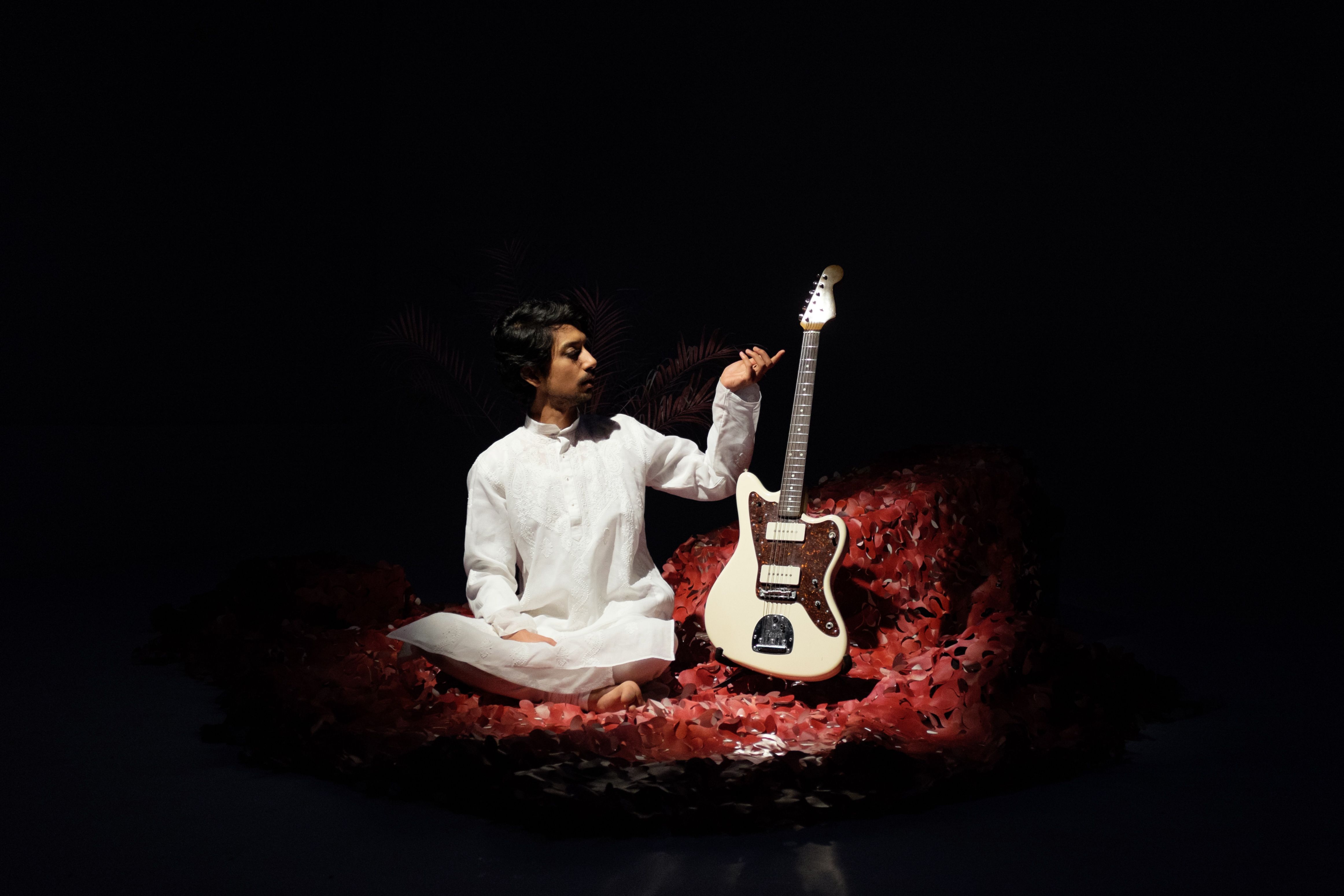Dream House: Inside Music + Video

Artists
Zain Alam, Alex Da Corte, Jordan Deal, Elle Hong, Maegan Houang, Dew Kim, Lucy Liyou, Gabrielle Patterson, Patrick Shiroishi + Dylan Pecora, Brandon Aquino Straus, Rozz Zimmerman
Events
Opening Reception (4/26)
Performance: Jordan Deal (5/24)
Performance: Zain Alam (6/7)
Curator
Joyce Chung
Through
Saturday, August 3, 2024
Dream House: Inside Music + Video highlights shifting roles of music video as a hybrid form of creative expression beyond their musical and cinematic quality as promotional tools of the music industry. The exhibition title is borrowed from La Monte Young and Marian Zazeela’s Dream House (1962), a sound-and-light installation that would be played and experienced continuously. As a founding member of the Fluxus movement and Minimalist music, Young explored a radical idea of an endless music that would exist in time as a living organism. Referencing the acoustical phenomena that Young created, Dream House at Asian Arts Initiative transforms each gallery into a space not so much as something to listen to but more something one is immersed in.
Traditionally, music videos have often been criticized for branding songs with a definitive picturization, limiting the individual's ability to come up with its own interpretation of how the music translates into associative visions. Recently, music videos have become a comprehensive medium of art that incorporates a wide range of styles and techniques including film, animation, documentary, photo collage, and virtual reality. Featuring video works of eleven artists, the exhibition sheds light on how music and videos create a new sense of artistic attunement without compromising their integrity and principles to the corporate music establishments. Each work reveals the ways in which artists use this new form of art to express their gender and sexuality, challenge societal norms, and examine the notions of diaspora, tradition, and culture.
Additionally, installed as an open lounge with karaoke setup and Dance Dance Revolution, The Storefront Gallery invites visitors to find a comfortable space where they can sing and dance letting the music wash over them. The gallery will be open and freely accessible to the public, serving as a place where one shares part of their home and part of themselves with the world around them. At the same time, archival materials for Lee Bul’s Live Forever will be displayed along with a video documentation of her artist talk at the Fabric Workshop and Museum (FWM) in 2001. During her residency at FWM, Lee Bul created Live Forever, a multi-media installation consisting of three karaoke pods in the form of futuristic race cars as part of her continued efforts to explore the ambivalence between public and private. The displayed materials are loaned from the Fabric Workshop and Museum’s collection.
The exhibition is curated by Joyce Chung with curatorial assistance by Dominique Chua. Installed by Matthew Belknap and Devin McKnight. Installation photos by Constance Mensh.
The exhibition is generously supported by the Philadelphia art communities including Fabric Workshop and Museum, Icebox Project Space, Public Trust, and Vox Populi with special thanks to Maia Chao, Justin Hall, and Carlos Avendaño and funded by Mellon Foundation and William Penn Foundation.
Installation Views
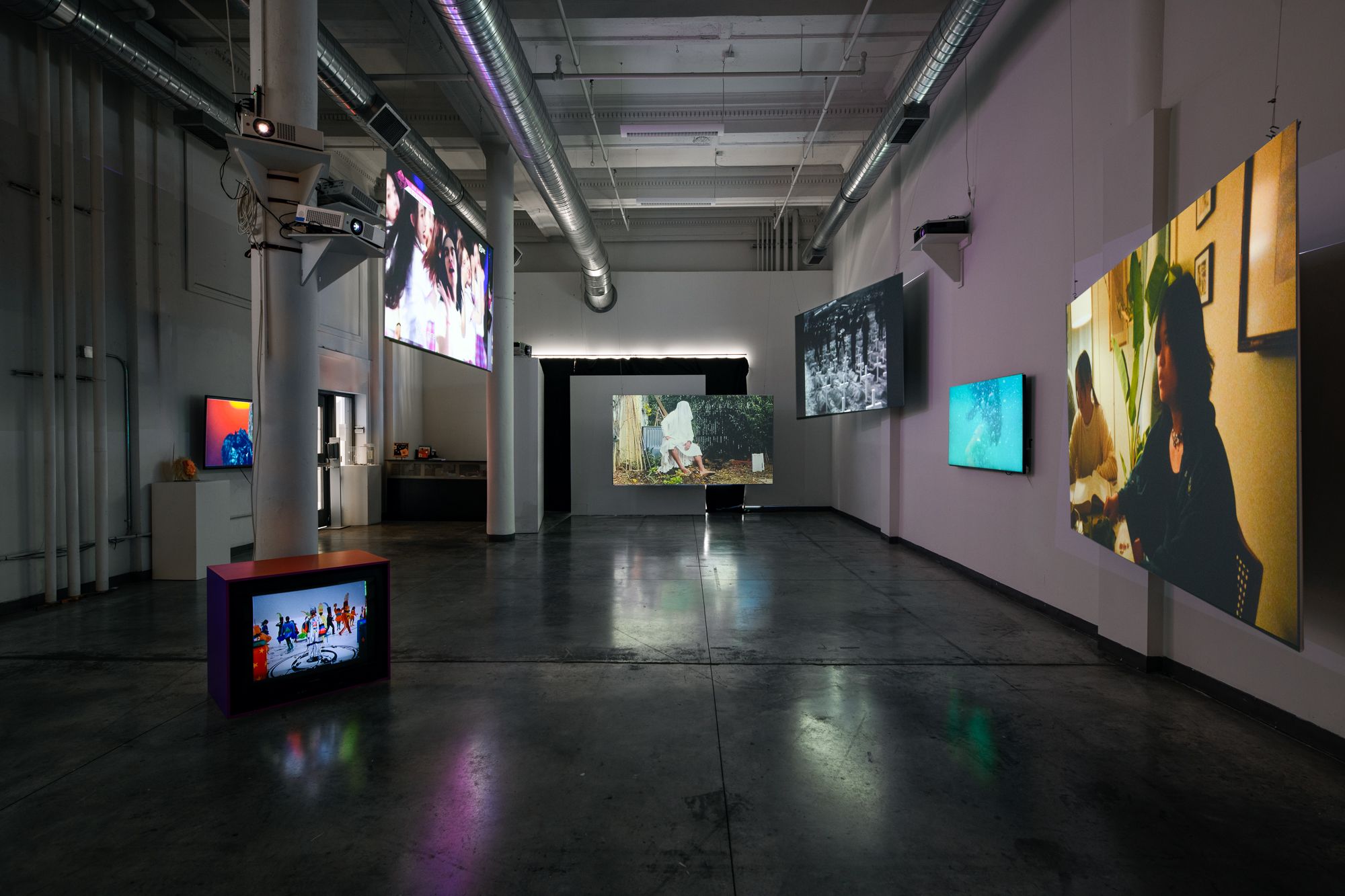

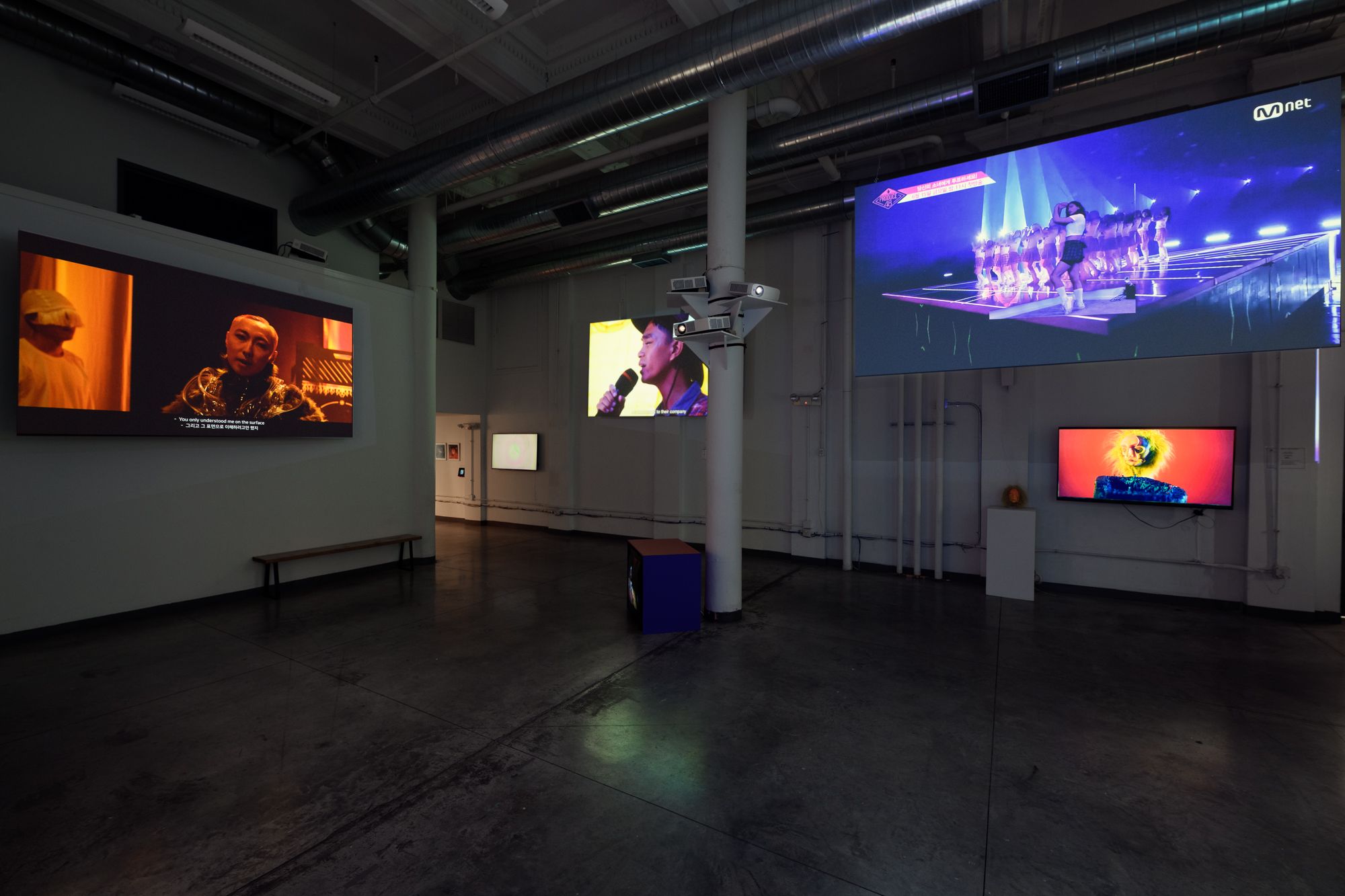
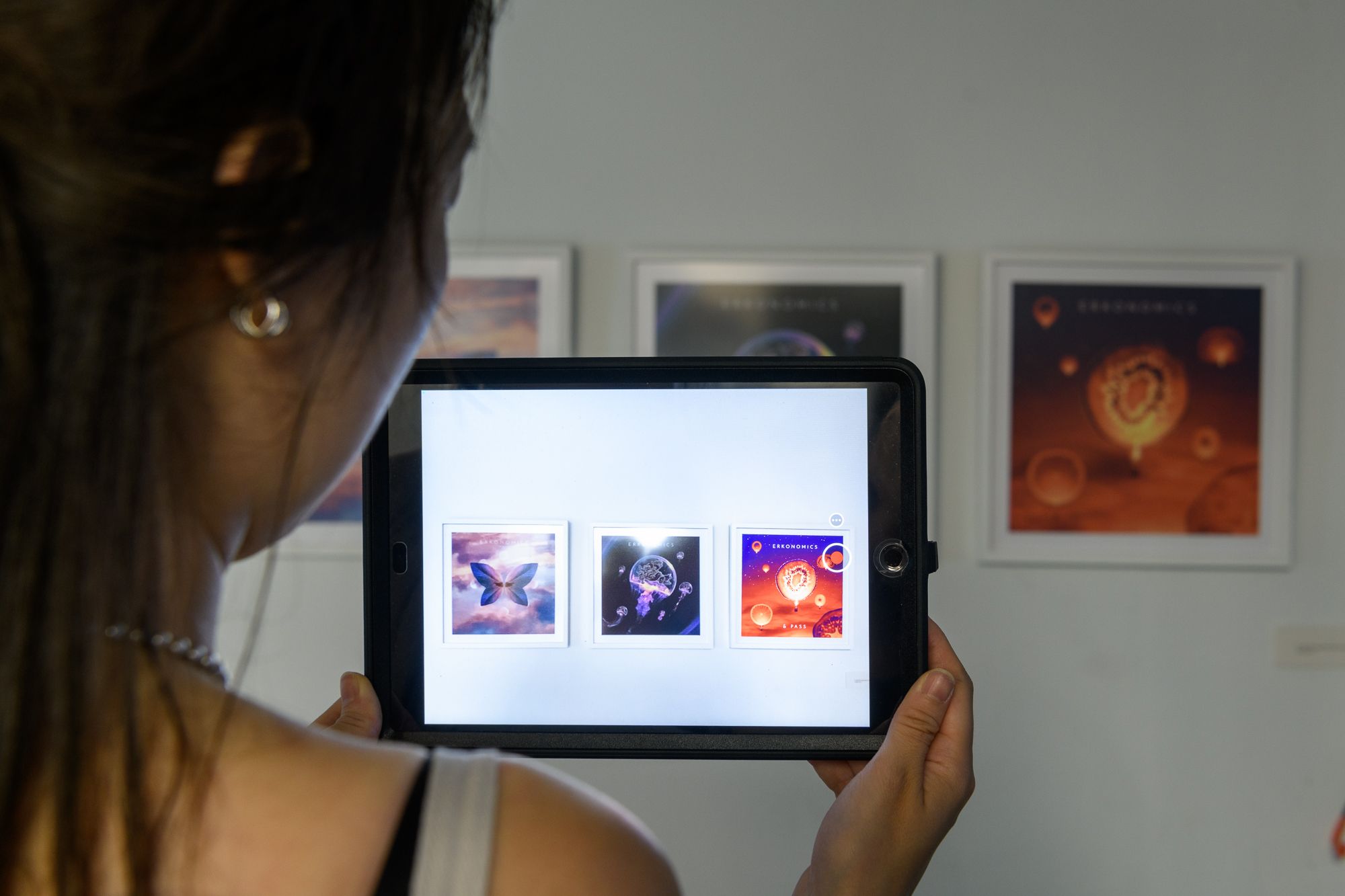
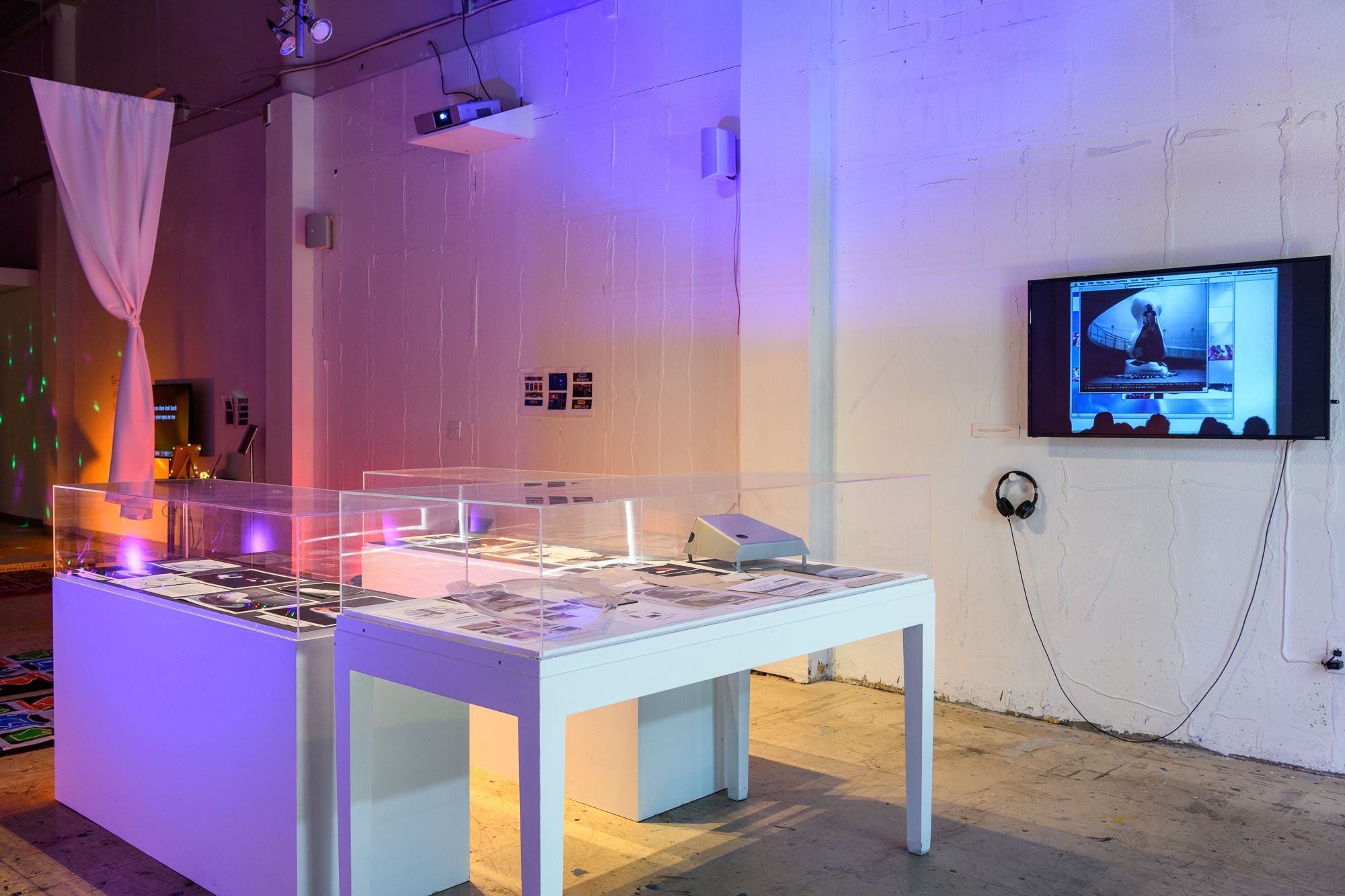
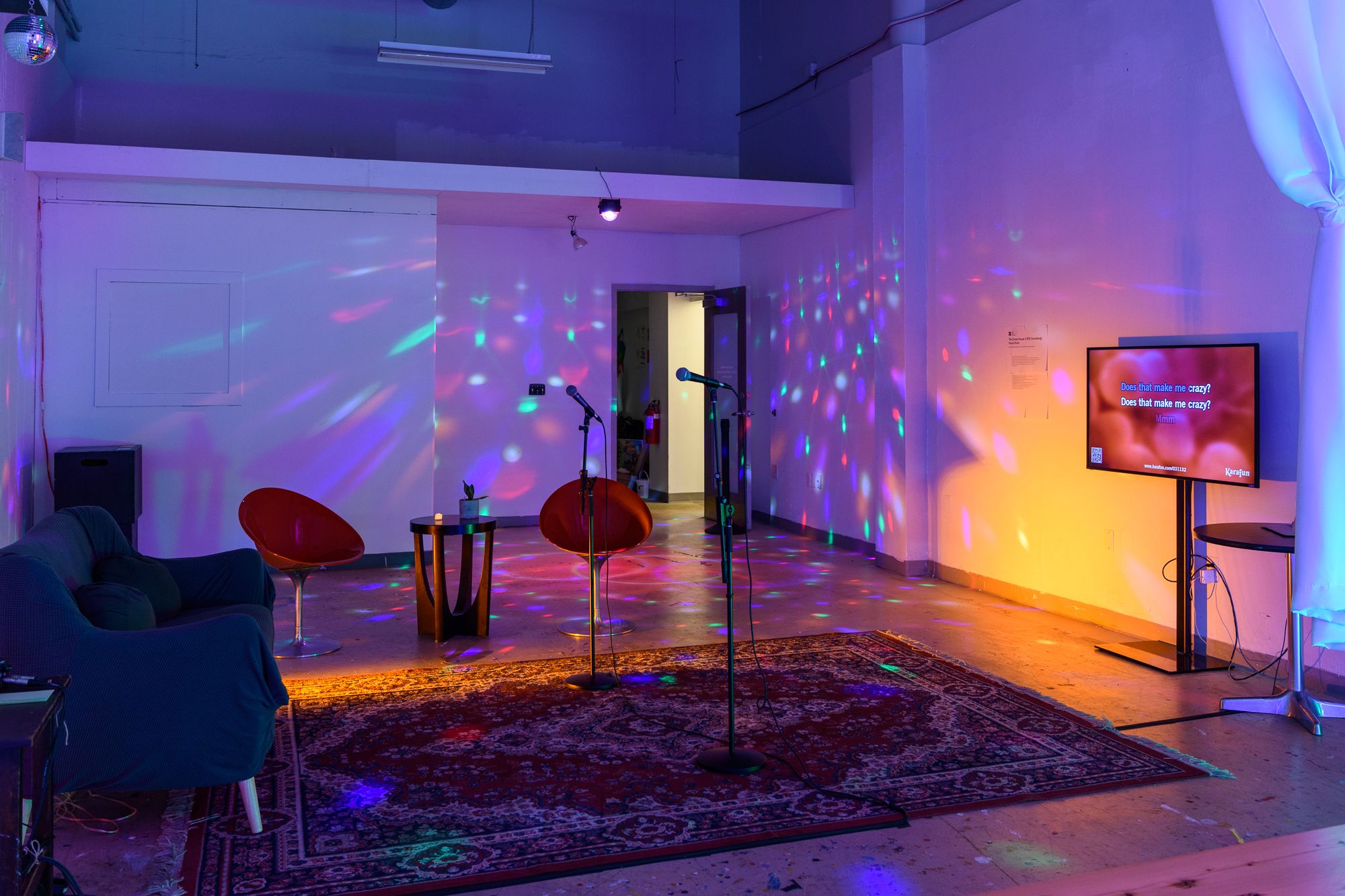

Performance: Zain Alam
performance
7 PM–8 PM on June 7, 2024
Pay What You Wish
